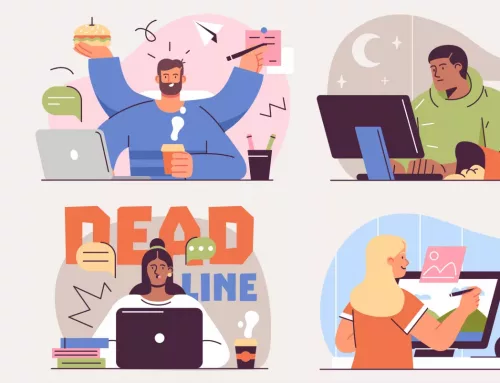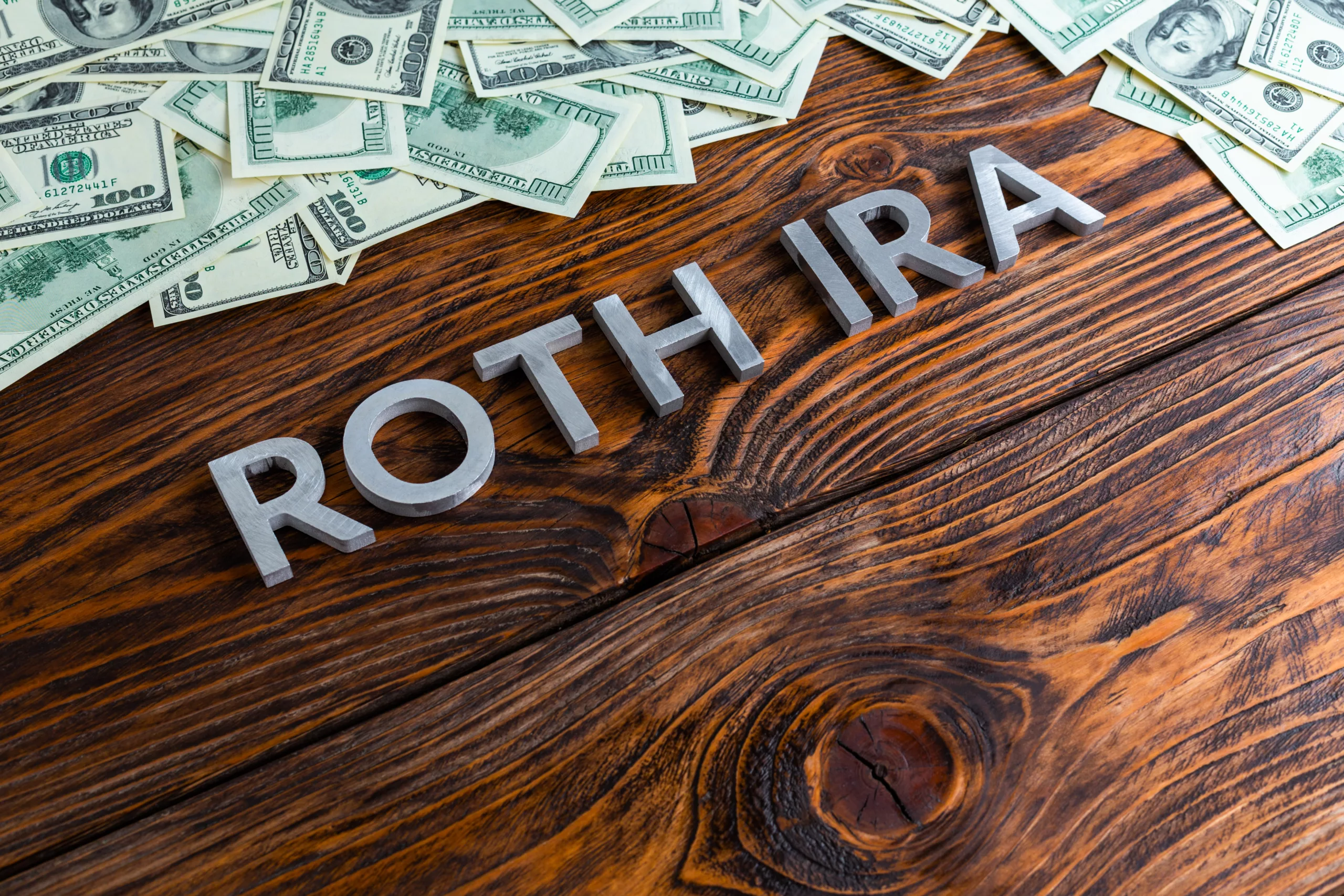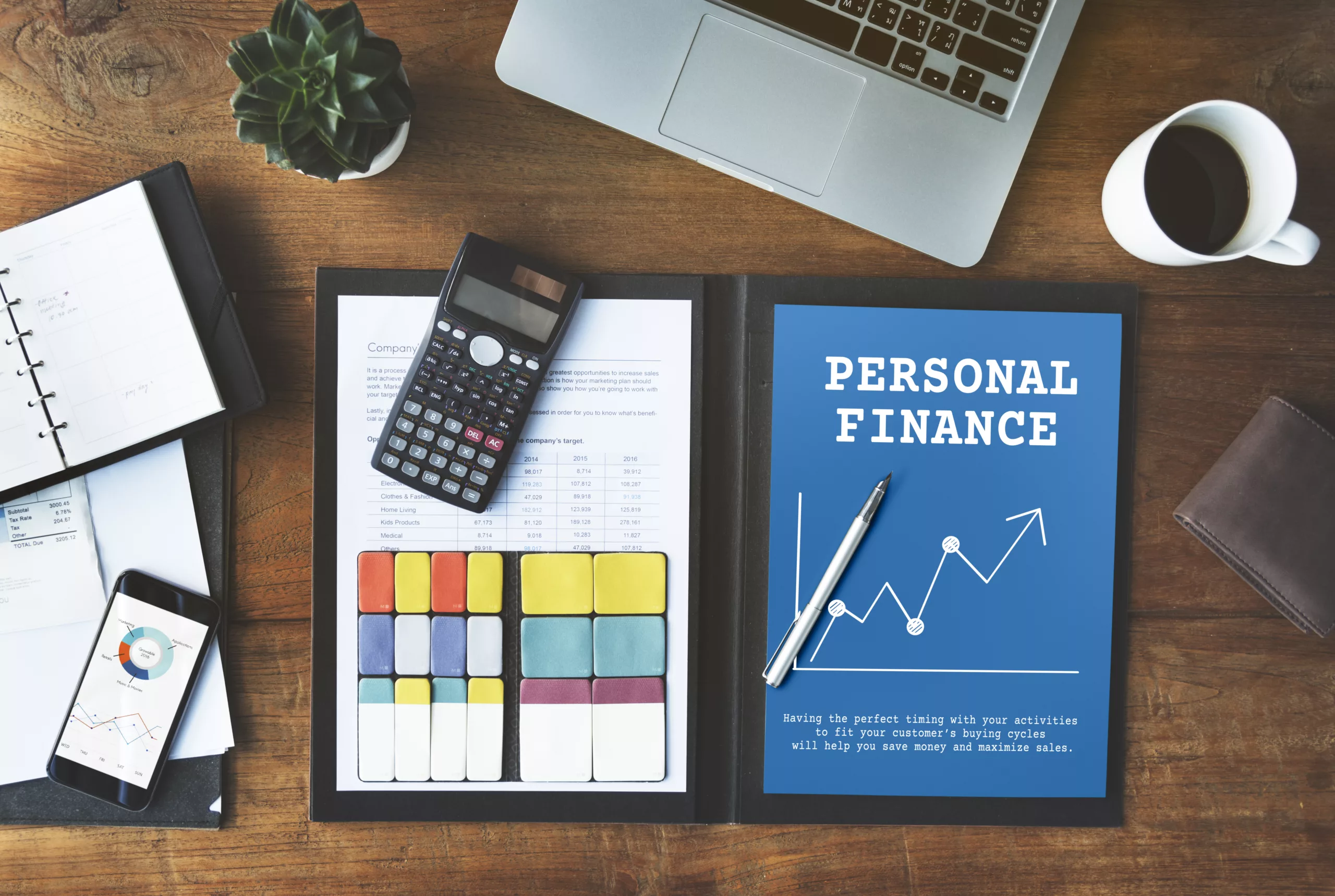What is Credit
What is Credit? – The Interactive
History of Credit Explains
“Cash or credit?” has been the teller mantra for decades. That’s because most Americans carry at least one credit card in their wallet. And it’s easy to see why: credit cards offer speed, convenience, and purchase protection. When used wisely, they can even provide an interest-free loan and earn rewards. But sometimes swiping becomes such second nature, we forget to think about how these cards work – and if they’re working for us. Let’s start at the beginning, when the concept of credit was born, to find out and then move on to the history of credit cards.
What is credit?
Credit is a financial tool that allows you to borrow money from a guarantor, whom you promise to pay back at some point in the future. This promise usually comes with an agreement about interest. In other words, credit is a deferred payment program. Credit can be secured, meaning the lender has a lien on an asset you own, or unsecured, meaning the relationship is based solely on your word. Student loans, business loans, auto loans, mortgages, and credit cards are all forms of credit. Discover the three main types of credit below.

Revolving credit
Revolving credit can be used repeatedly up to a limit that the lender sets. The balance fluctuates depending on the borrower’s needs. The borrower can repay the lender immediately or over a period of time, but there is a required minimum payment each month. Lenders charge interest based on the balance the borrower carries. Credit cards and home equity lines of credit are examples of revolving credit.

Installment credit
Installment credit requires regular payments. A creditor loans a specific amount of money and the borrower pays a fixed amount over a period of time until the agreed-upon end date, when the loan and applicable interest are completely paid off. Mortgages, car loans, and student loans are all examples of installment credit.

Open credit
Open credit is a hybrid of revolving and installment credit. Open account balances vary each month, but they must be paid in full. Borrowers can’t push debt beyond the deadline, there is no long-term commitment, and usually no interest charged. It’s the least common type of credit. Utilities, like gas and electric, are often paid this way.
Credit could also refer to your reputation as a borrower. Lenders use your creditworthiness to determine how likely you are to pay them back. You’ll need good credit to get approved for loans for major purchases or to be trusted in certain financial situations, like renting an apartment.
When was credit introduced to the U.S?
The concept of consumer credit dates back 5,000 years, when ancient civilizations used clay tablets to represent banking transactions like trades, loans, and property purchases. The furthest we can trace American credit is the 18th century, when farmers used credit coins or charge plates to purchase essentials until the harvest came in. Creditworthiness was determined by rumors or well-regarded neighbors that vouched for a borrower’s character. Merchants kept track of transactions and borrower behavior in ledgers.
In the 19th century, the volume of transactions forced American credit to modernize. By the 20th century, businesses would grant customers credit based on their reputation or relationship. Some department stores and oil companies took it a step further by issuing their own metal or cardboard cards, an early form of store cards. The system began to formalize with the introduction mass-acceptance credit cards. Over time, legislation was passed to protect consumers and credit scoring became more uniform. Now, credit cards and bank accounts can be linked to our mobile devices and charges are conducted over contactless communications. Explore the detailed history of credit cards below.
U.S. Credit Timeline
[th-slider design=”design-2″ dots=”false” arrows=”true” autoplay=”true” autoplay_interval=”5000″ speed=”1000″]
What is a credit score?
A credit score is a numeric expression of your creditworthiness. It indicates what type of borrower you are, and the likelihood that you’ll repay a debt. Lenders use credit scores to determine whether consumers qualify for a particular financial product, like a credit card or loan. They also use credit scores to determine the interest rate and conditions associated with these products. Various factors will impact your credit score:
PAYMENT HISTORY
If you pay on time or have any delinquencies
CREDIT UTILIZATION RATIO
How much credit you’re using compared to the maximum available to you
LENGTH OF CREDIT HISTORY
How long you have had each account
CREDIT MIX
The types of accounts and debts you have
NEW CREDIT
Recent account openings and hard inquiries on your credit
It’s important to realise that you don’t just have one credit score. There are three main credit reporting bureaus in the U.S.: Equifax, Experian and Trans Union. Each bureau may have slightly different information about you, so your score could differ depending on the report used. There’s also multiple credit scoring models. FICO and Vantage Score are the most common, but some lenders choose to use their own.
Three Key Credit Card Statistics:
Thanks in large part to dependency on credit cards, America is the fifth most cashless country behind Canada, Sweden, the U.K., and France.
7% of Americans have more than six credit cards, while the average American has 2.6 cards.
The average American household carries $8,260 in credit card debt.
How to find your credit score
You can get your credit score through a financial service or online. Some sites make enough money through advertising that the credit score is truly free, while others require you to enter your credit card information. Though the score is free, you could be charged a monthly subscription fee if you don’t cancel the service in time (usually within a week). Make sure you understand what you’re paying for.
Many major credit card and loan companies now provide credit scores for their customers with their monthly statement. You can also talk to a non-profit counselor, who can provide a free credit report and score. They’ll even help you read and review it. You can also buy your score from the three major credit-reporting agencies or directly from FICO.
Most credit scoring models range from 300 to 850. The higher your score, the better your credit. Lenders have different qualifications for a “good” score, but the breakdown is generally:

How to Improve Your Credit Score
1. Find your credit score
Having bad credit is terrible. Having a strong credit score is very important, but don’t be discouraged if yours is below excellent. That just means it’s time to get serious about improving your credit score. Your first step is making sure the information they’re calculating your score with is accurate. Every American is entitled to a free copy of their credit report from each of the major credit reporting agencies (Equifax, Experian, and TransUnion) each year. Download yours from AnnualCreditReport.com and then check for errors. If you find any payments marked as late that were made on time or negative information from longer than seven years, dispute them so they can be removed.
2. Pay down debts
Once you’re confident in your score’s accuracy, you’ll want to address any late bills and get on top of payments. Paying down debts will help you manage your credit utilization ratio. In the future, aim to charge only 30% of your limit. A positive payment history is the most important factor in most credit scoring models, so it’s imperative to pay your bills on time every month. If you can pay them in full, it’s even better.
3. Apply for credit cards when you need them
Lastly, only apply for credit accounts when you really need them to reduce the number of hard inquiries on your file.
4. Apply for credit card to build credit
If you don’t have a credit score yet, don’t stress. The best way to build credit is to start using it. Open a credit card and use it responsibly. If you don’t qualify for an unsecured card, try a secured or retail credit card. If you don’t qualify for either of those or aren’t ready to have your own card, ask a friend or family member about becoming an authorized user on their card. Just keep in mind that your behaviors will now be linked so choose someone you trust and remember to be a trustworthy partner.
Credit Score Quiz Targeting Myths
[qsm quiz=1]








